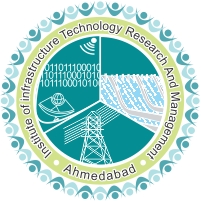On Reducing Data Transmissions in Fog-Enabled LoRa-Based Smart Agriculture
Authors :- Anand G.; Vyas M.; Yadav R.N.; Nayak S.K.
Publication :- IEEE Internet of Things Journal, Volume 11, Issue: 5, March 2024
Real data plays a fundamental role in determining various features related to the collection site, such as monitoring, controlling, predictions, etc. Several systems in the Internet of Things (IoT) environment produce millions of data from the sensing node, and transmitting each of the data is costly in terms of bandwidth requirements, energy consumption, and protecting data from being corrupt or from potential threats such as man-in-the-middle attacks. In many environmental applications such as agriculture, the absolute change in the consecutive data points is usually very small (we call it slow changing environment). So, there is a need for a system that can predict the next data point within a predefined tolerable limit, then transmitting each data point can be avoided. To address this issue, we proposed an analytical prediction algorithm using estimations (APAEs). The algorithm is deployed and runs simultaneously in the three layers of architecture: sensing, fog, and cloud layers. The algorithm predicts the next data sensed by the sensor. If the difference between the actual sensed data point and the predicted data point is beyond the predefined tolerance, then the sensed value is sent to the fog node and further to the cloud; otherwise, the estimated value is accepted. We have implemented the proposed algorithm on a real testbed and also tested it on two data sets. We compare the amount of data points transmitted with the state of the state-of-the-art scheme. We also highlighted the reduction in energy consumption and high accuracy of our algorithm on the two data sets and a real testbed.

